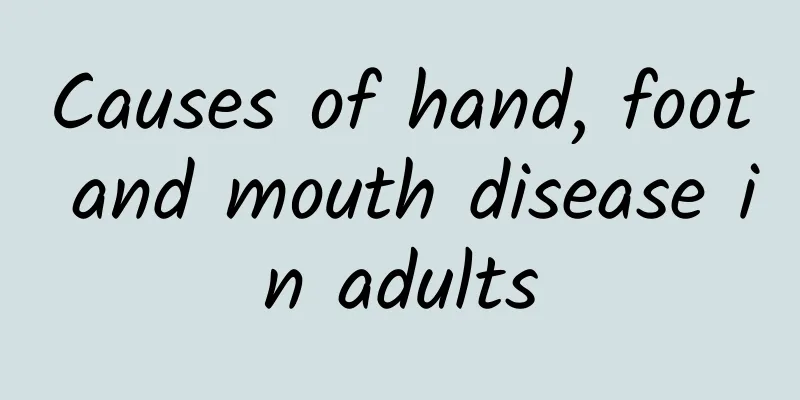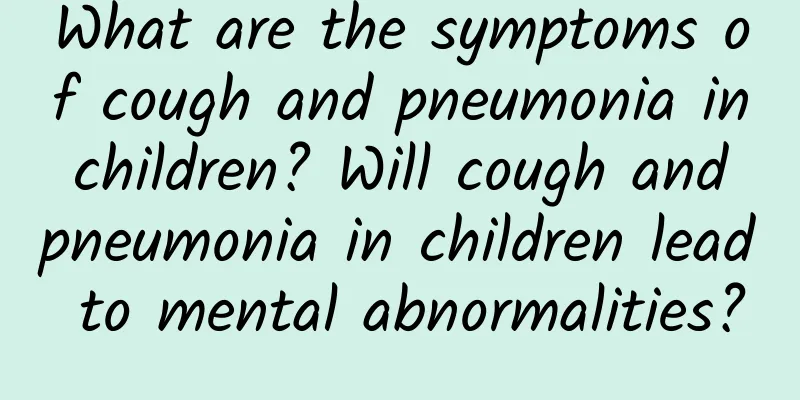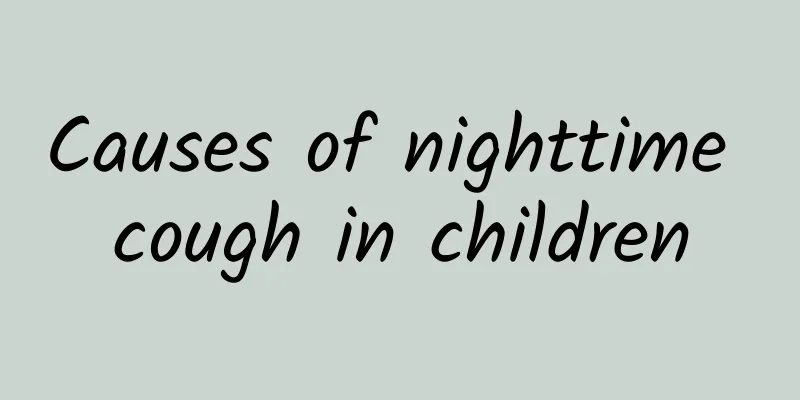Can pediatric eczema be detected early?

|
When parents find that their baby's skin becomes red, has a rash, and then becomes rough and flaky, they feel that touching the baby's skin is like touching sandpaper. When exposed to heat and moisture, these are all manifestations of eczema. When these phenomena occur, mothers should think that the baby may have eczema. So, can childhood eczema be detected in the early stages? Let's find out together. How to check for early childhood eczema? Laboratory tests may show increased eosinophils in the peripheral blood, high serum total IgE, and increased serum specific IgE. The diagnosis is mainly based on clinical manifestations. Currently, the Williams diagnostic criteria are generally recommended: there must be a history of skin itching and 3 or more of the following criteria: 1. History of flexor skin involvement, including the elbows, axillae, anterior ankles, and neck (including cheeks for children under 10 years old); 2. Personal history of asthma or allergic rhinitis (or a history of atopic diseases in first-degree relatives of children under 4 years old); 3. History of dry skin all over the body; 4. Visible flexor dermatitis (or children under 4 years old can see eczema on the cheeks/forehead and extensor sides of the limbs); 5. Onset before 2 years old (applicable to patients over 4 years old). The etiology and pathogenesis of atopic dermatitis are still unclear. It is currently believed to be related to genetic, environmental, immune, and biological factors. The onset is mainly due to the combined effects of genetic and environmental factors. Among them, genetic factors play an important role. Children with a family history of allergic constitution are more likely to develop eczema. The main reason is intolerance or allergy to ingested, inhaled, or contacted substances. Environmental factors, especially changes in lifestyle (such as excessive washing, diet, infection, environmental changes, etc.) are important risk factors for the onset of this disease. Diagnosis: history of external infection or unclean diet. Skin lesions are polymorphic, with mixed appearance of erythema, papules, blisters (no bullae), erosions, exudates, and scabs. They are often caused or aggravated by eating fish, shrimp, crabs, mutton, coffee, wine, spicy food, etc. Skin lesions are mostly localized, with clear boundaries, dark red or gray-brown, covered with scales, rough and thickened surface skin, obvious skin grooves, lichenification, or hyperkeratotic chapped inflammatory patches. Laboratory tests show no specific changes, and blood eosinophils may increase. Skin patch tests have certain limitations. treat: Clear the wound secretions, eliminate chemical irritation, and control the infection, and the condition can improve rapidly. 1. Remove the cause Parents should pay close attention to internal and external factors that may easily induce the disease, try to find possible pathogenic factors and eliminate them, actively cooperate with treatment, and keep the skin clean. 2. External treatment For external use, you can choose compound cod liver oil ointment and ethacridine zinc oxide cream in combination with creams containing corticosteroids, such as 1% mometasone furoate and beclomethasone propionate cream. 3. Hormone therapy Actively treat systemic diseases and eliminate lesions. For patients with acute and widespread disease or those who are ineffective with multiple treatments, short-term use of corticosteroids, such as oral prednisone, may be considered. |
<<: What are the main examination bases for pediatric eczema?
>>: What medicine is best for children with eczema?
Recommend
What are the causes of kidney disease in children?
There are many causes of kidney disease in childr...
How do you lose your sense of taste?
Losing your sense of taste can be one of life'...
How to treat cough caused by allergic rhinitis in babies
When babies have allergic rhinitis, it can cause ...
What tests should be done for acute laryngitis in children
What tests are done for acute laryngitis in child...
What are the traditional Chinese medicine methods for treating patent ductus arteriosus?
What are the traditional Chinese medicine methods...
How can pregnant women prevent neonatal jaundice? Four points to prevent neonatal jaundice
Many babies may have physiological jaundice right...
Is mumps a respiratory infectious disease?
Is mumps a respiratory infectious disease? 1. Gen...
How to determine the cause of acute laryngitis in children
The main causes of acute laryngitis in children i...
Rural folk remedies for curing mumps
Mumps, especially in rural areas, is often seen a...
What causes jaundice in newborns?
Neonatal jaundice is a yellowing of the skin and ...
What to do if your seven-month-old baby coughs
7-month-old babies are prone to catching colds an...
How much does it cost to cure tracheitis in children?
In life, many patients mistakenly treat pediatric...
What to do if you feel flustered, short of breath, and weak
Palpitations, shortness of breath, and fatigue ma...
What are the symptoms of kidney disease in children?
What are the symptoms of kidney disease in childr...
What measures can be taken to prevent acute mumps
What measures can be taken to prevent acute mumps...









